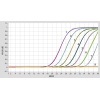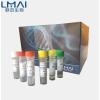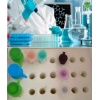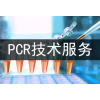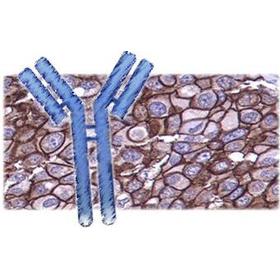
产品详情
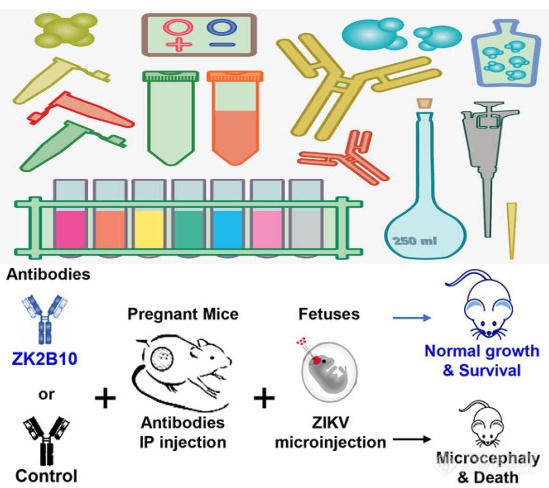
蛋白质精氨酸亚型3抗体
英文名称 PADI3 / PAD3
中文名称 蛋白质精氨酸亚型3抗体
别 名 HL-60 PAD; HPAD10; PAD; PAD4; PADI; PADI H protein; Padi4; PADI3_HUMAN; PADI5; PDI; PDI1; PDI2; PDI3; PDI4; PDI5; peptidyl arginine deiminase type I; peptidyl arginine deiminase type II; peptidyl arginine deiminase type III; peptidyl arginine deiminase type IV; peptidyl arginine deiminase type VI; Peptidyl arginine deiminase, type V; Peptidylarginine deiminase; Peptidylarginine deiminase IV; Peptidylarginine deiminase type VI; Protein-arginine deiminase type I; Protein-arginine deiminase type II; Protein-arginine deiminase type III; Protein-arginine deiminase type IV; Protein-arginine deiminase type-4.
研究领域 细胞生物 免疫学 信号转导 表观遗传学
抗体来源 Rabbit
克隆类型 Polyclonal
交叉反应 Human, Mouse, Rat, Pig, Cow, Horse, Rabbit, Sheep,
产品应用 WB=1:500-2000 ELISA=1:500-1000 IHC-P=1:400-800 IHC-F=1:400-800 ICC=1:100-500 IF=1:100-500 (石蜡切片需做抗原修复)
not yet tested in other applications.
optimal dilutions/concentrations should be determined by the end user.
分 子 量 75kDa
细胞定位 细胞浆
性 状 Lyophilized or Liquid
浓 度 1mg/ml
免 疫 原 KLH conjugated synthetic peptide derived from human PADI3 / PAD3:1-100/664
亚 型 IgG
纯化方法 affinity purified by Protein A
储 存 液 0.01M TBS(pH7.4) with 1% BSA, 0.03% Proclin300 and 50% Glycerol.
保存条件 Store at -20 °C for one year. Avoid repeated freeze/thaw cycles. The lyophilized antibody is stable at room temperature for at least one month and for greater than a year when kept at -20°C. When reconstituted in sterile pH 7.4 0.01M PBS or diluent of antibody the antibody is stable for at least two weeks at 2-4 °C.
PubMed PubMed
产品介绍 This gene encodes a member of the peptidyl arginine deiminase family of enzymes, which catalyze the post-translational deimination of proteins by converting arginine residues into citrullines in the presence of calcium ions. The family members have distinct substrate specificities and tissue-specific expression patterns. The type III enzyme modulates hair structural proteins, such as filaggrin in the hair follicle and trichohyalin in the inner root sheath, during hair follicle formation. Together with the type I enzyme, this enzyme may also play a role in terminal differentiation of the epidermis. This gene exists in a cluster with four other paralogous genes. [provided by RefSeq, Jul 2008]

